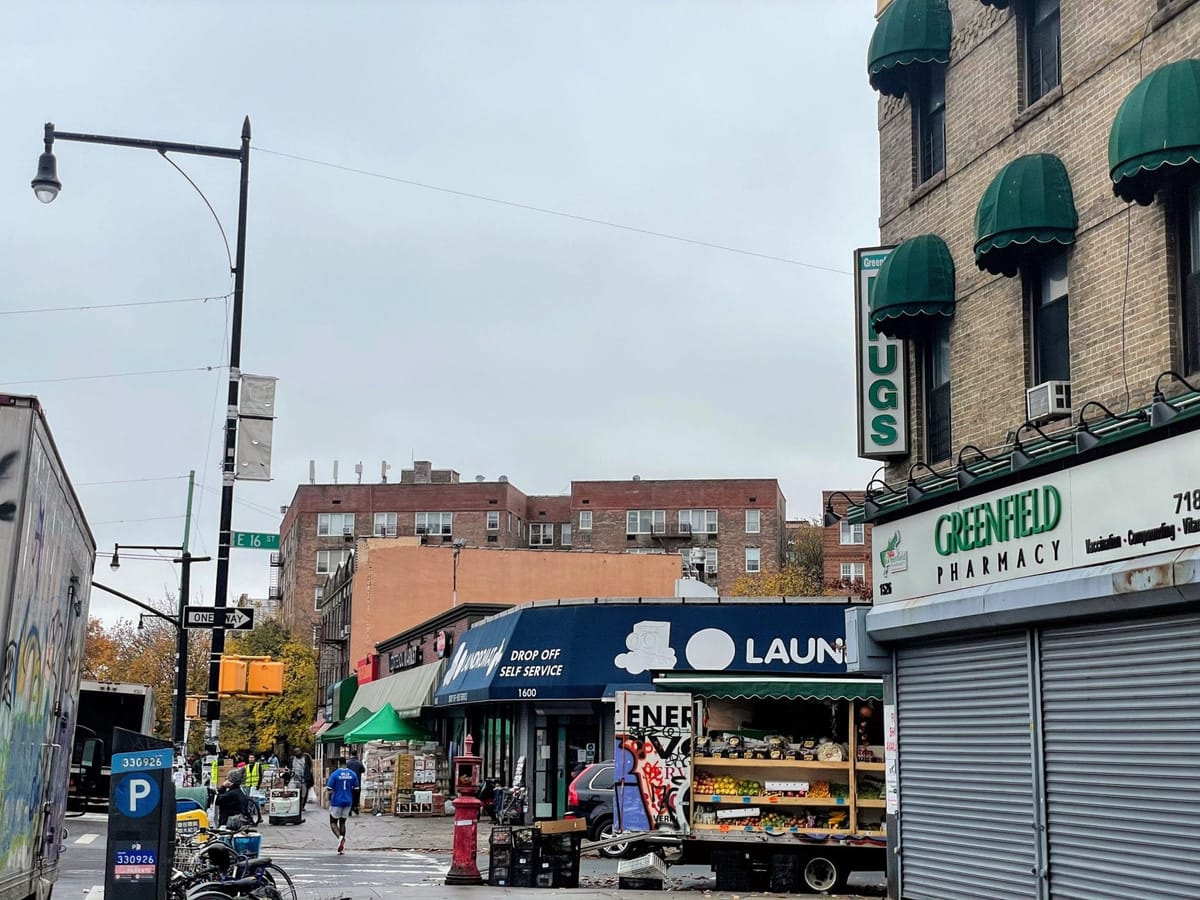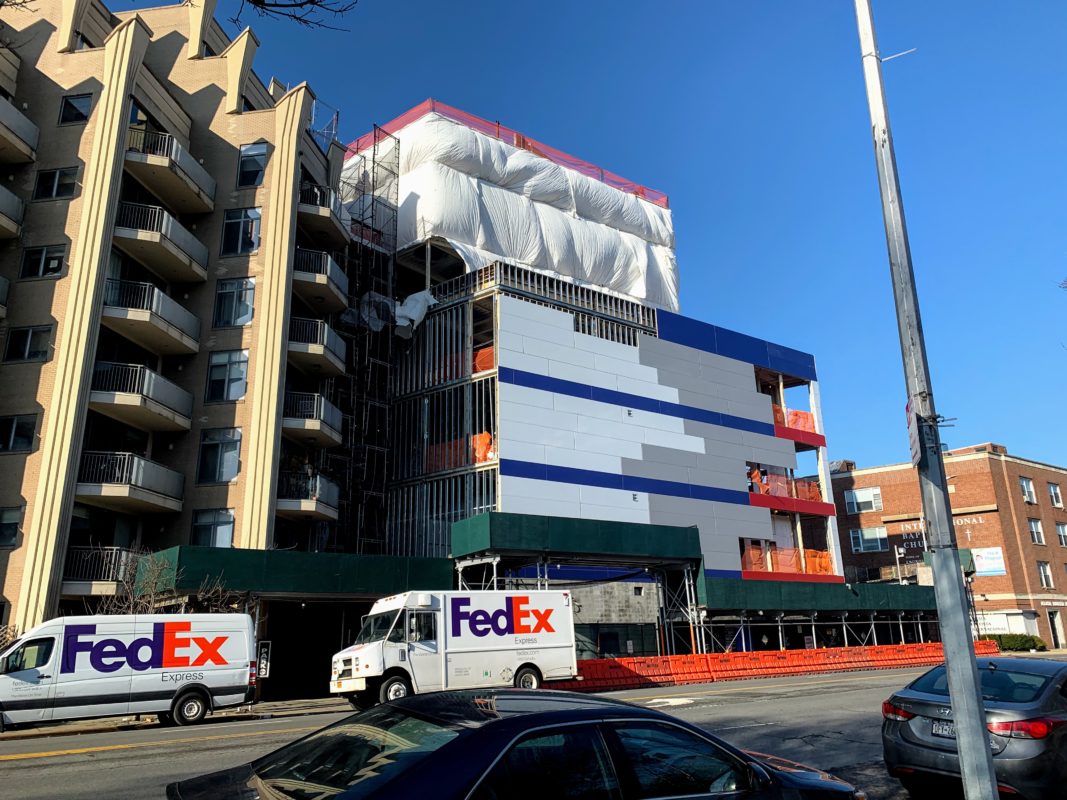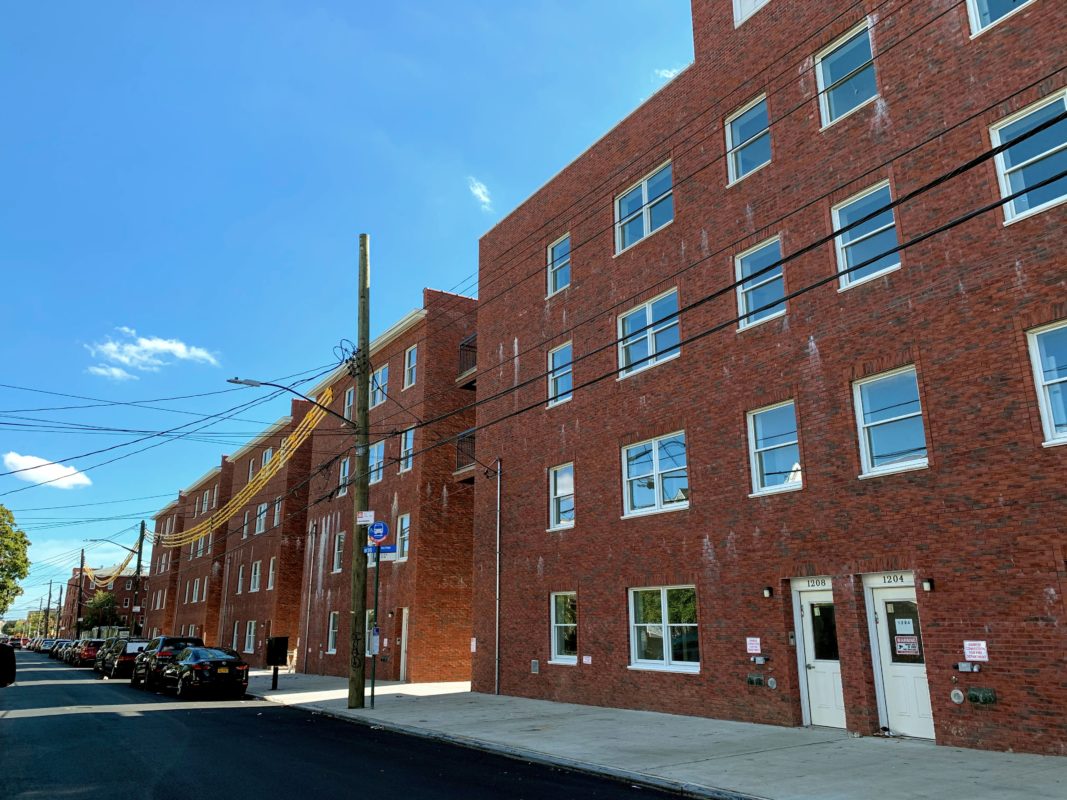Editorial: Be Creative, But Build The Housing

Communities across Brooklyn have been organizing, from Bushwick to Industry City to Gowanus, to oppose development projects that will change their neighborhoods.
The neighbors complaining are good people, with legitimate concerns, ranging from equity to impact of shadows. Others are worried about “neighborhood character,” which sometimes means just keeping newcomers out. But the outcome is the same: In virtually every case, opposition from progressive activists or homeowners has led to worst-case scenarios.

Instead of a comprehensive rezoning in Crown Heights, there is now a community fight over each new proposed development that asks for a spot-rezoning. A building proposed in Sunset Park to redevelop a drive-through Dunkin Donuts does not have enough deeply affordable housing of the right size, those opposing it say, despite proposing to bring affordable units to market at no expense to taxpayers. Neighbors in Ditmas Park and Crown Heights are fighting buildings for similar reasons: They would be too tall and cast shadows, and also won’t be devoted entirely to affordable housing.
But this is New York City. The constant has always been change. And while community consultation is bringing to light issues that may be overlooked by those not living in direct proximity of a proposed development, communities shouldn’t have the power to not allow in outsiders.
And most of the new buildings will, and should, bring in people from outside – whether through the market-rate apartments or the affordable housing lottery, where the majority of applicants will be from outside the neighborhood because the affordability crisis is not unique to just one neighborhood – it’s citywide.
Allowing locals to dictate what gets and does not get built, or who gets to live there, rarely considers the needs of the city at large.
And the outcomes of the current process are awful. Zoning and incentives are often out of step with changes underway in communities, and there is no comprehensive development plan to guide. Developers have a right to build on their property, and so protests against development have backfired. At the old LICH site, rather than building larger buildings with affordable housing, the developer built as of right for the wealthy in a prime neighborhood. Owners of the Sunset Park and Ditmas Park buildings referenced above have said they will not develop them at all, keeping their current uses.

In Windsor Terrace/ Kensington, a developer, rather than fight with the community over a residential product, built a storage facility as of right. The windowless building is across the street from Parade Grounds and a new dog run. (A residential project next door was approved, over community objections.)

Meanwhile, over by Greenwood Cemetery, the city approved the development merely of plain four-story affordable condos, where there was room for so much more development on city-owned land. (By the way, as we reported, they have been sitting empty for over a year!)
What we have is a real crisis of most residents of the city being overburdened by rent and barely able to afford to live here. We also have a crisis of imagination – not a shadow crisis, or a view crisis, or a plant crisis.
What we need is less reflexive opposition to development and more focus on finding creative solutions. The Bedford Stuyvesant Housing Plan, which held a thoughtful but speedy process to put housing on publicly own land, is a good place to start. We need plans for all kinds of housing, to help residents remain in their neighborhoods throughout their lives and their various stages, as well as welcome new neighbors.
For instance, could the Crown Heights developers pay to move the greenhouses at the Botanic Gardens so that the southern side could be developed for more housing? Does all of Park Slope need to be landmarked or could say Prospect Park West be upzoned to bring in more affordable housing on the north side of the park (where shadows are less likely to affect it)? Is there something we can learn from Central Park, where tall buildings haven’t killed the plants?
Could the areas surrounding subway stops be upzoned and require developers in exchange to also offer room to widen stations and add elevators to platforms? Could developers share some solar panel space with their neighbors? I’m sure there are many more far-fetched or plain crazy-sounding ideas – but it’s time we really stretch our imagination.
Change is inevitable. Let’s be creative in maximizing the public good — but build the housing.



